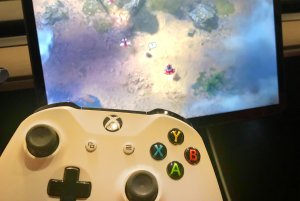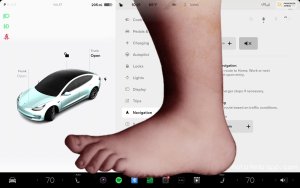Tesla Talks FSD Hardware 4.0, but There Will Not Be Retrofits
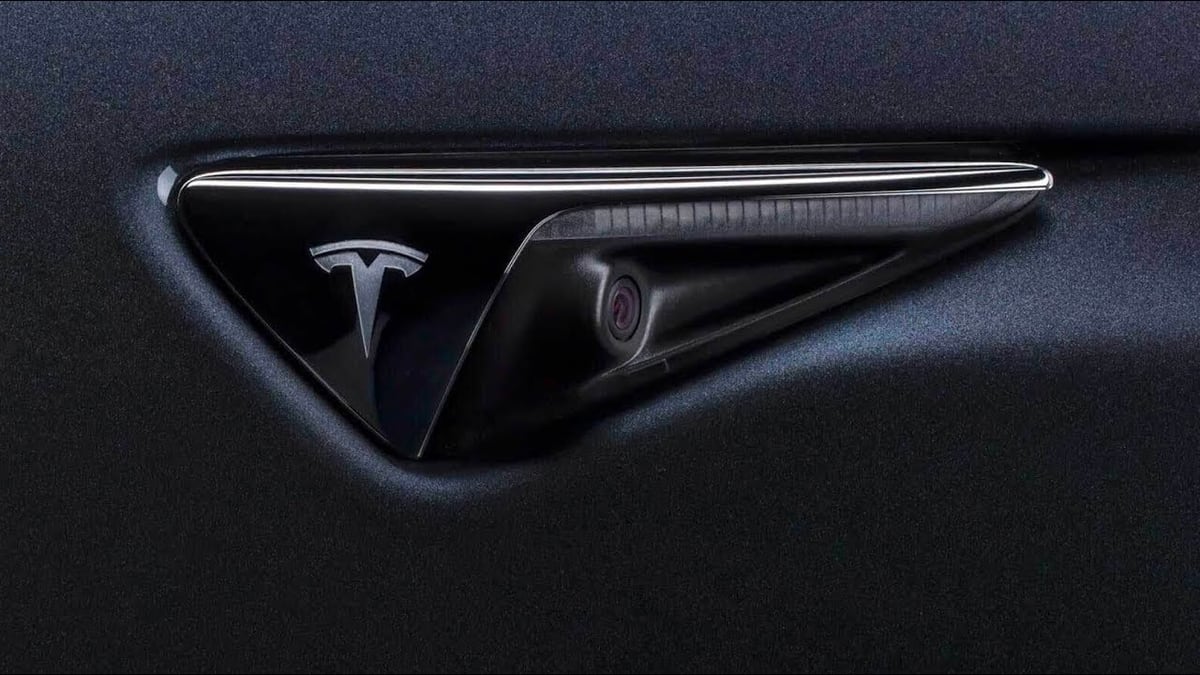
Tesla's upcoming FSD hardware, hardware 4.0, is nearing completion, and although there is limited information about it, it sounds like it'll bring significant improvements. It's yet to be known when the new hardware will debut, but it is clear Tesla will not be retrofitting the existing fleet.
No Upgrades From FSD Hardware 3.0
Regarding upgrading hardware 3 to hardware 4, Elon Musk told investors:
"The cost and difficulty of retrofitting hardware 3 with Hardware 4 is quite significant. So, it would not be, I think, economically feasible to do so."
Musk said Hardware 3 is five years old but, "is still the most efficient inference computer in the world."
What Will Be In Hardware 4.0
It's believed that the new hardware will use 5-megapixel cameras; the current cameras are 1.2 megapixels. Also, some leaked pictures appear to reduce the amount of front-facing cameras from three to two and allow for heaters and fans.
The higher-resolution cameras will give Autopilot a significant advantage when trying to determine objects that are further away because of the additional pixels. An object that is 100 or 200 feet away may only be made up of a few pixels, but with almost 5x the resolution, the newer cameras will be able to more accurately determine what the object is. This is also true for everything else, such as the curvature of the upcoming turn.
In addition to the cameras, we know that there will be a new FSD computer which is expected to be about 4x more powerful than the current FSD computer in hardware 3.0. Part of this additional processing power will no doubt go toward processing the additional 32 million pixels that the newer cameras will provide.
However, hardware 4.0 will be about more than just a faster computer and better cameras. It is also expected to include an HD radar, which Elon Musk has talked about in the past and has been seen in Tesla's FCC filings. The addition of a high-definition radar could provide a significant advantage to FSD by sensing objects that cameras alone can't.
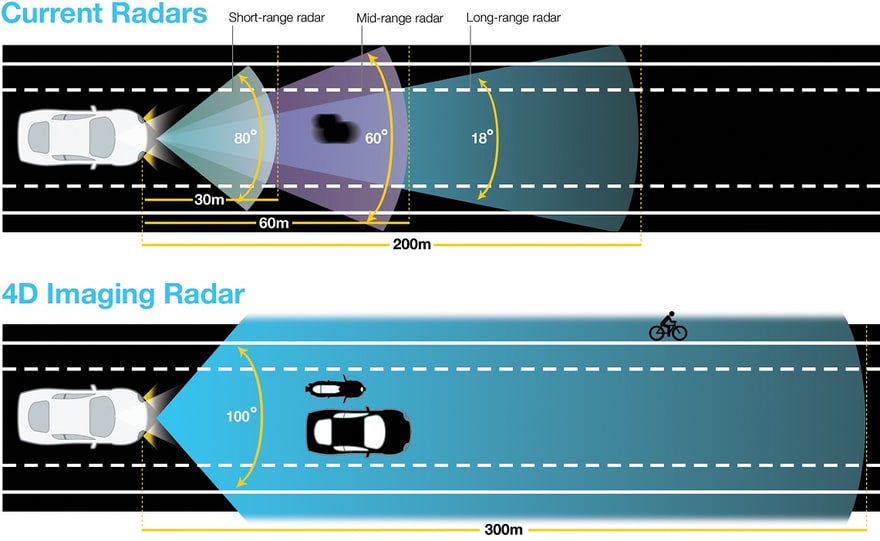
When Musk talks about the upgrade from hardware 3.0 to hardware 4.0 not being feasible, that likely means there may be even more to it than we already know. This could just be due to the new radar, new power, or space requirements for the new computer, but it's also possible that there could be more to hardware 4.0 than we know.
We know that Tesla's Robotaxi is already in development and this is a vehicle that is expected to be completely driverless. Tesla won't have the convenience of having a driver behind the wheel here. This could mean that Tesla may need to add additional hardware that we haven't heard about it. This could be different camera placements, or something entirely different.
What we know for sure is that hardware 4.0 will include higher-res cameras, a faster computer and likely an HD radar, but there could be even more that makes it infeasible to retrofit older vehicles.
Elon Talking About Hardware 4
The video below is queued up to the part where Elon talks about FSD hardware 4.0 (segment begins at 30:10).
Hardware 3.0 Will Be Capable of FSD
Musk put the argument into perspective for those who may want to wait. "Hardware 3 will not be as good as Hardware 4, but I'm confident that Hardware 3 will so far exceed the average -- the safety of the average human." He then broke it down further, "let's say, for argument's sake, if Hardware 3 can be, say, 200% or 300% safer than human, Hardware 4 might be 500% or 600%." In fact, stats show that Teslas operating with Autopilot engaged at 10 times safer, and that is with Hardware 3.
Will Teslas With HW3 Really Be Autonomous?
Listening to Musk's choice of words is interesting, he seems to have steered away from words he may have used in the past, such as referring to level 5 autonomy, or using the words robotaxi, or autonomous driving. Instead, he chose to say hardware 3 would exceed the safety of an average human. That could mean that Tesla's current FSD implementation will always require a driver behind the wheel, but the combo of Tesla's FSD system and the driver as a backup would be multiple times safer than a human.
Tesla has to be Careful
The CEO had a tightrope to walk when talking about the existing hardware and what the future system will look like. You may recall in late 2022 when demand for Teslas started to slow down. Many observers believe it was due to the impending tax credits the Inflation Reduction Act would provide for buyers of electric vehicles. Tesla cut prices for the last few days of 2022 to match tax credits, but only for consumers who took delivery before the end of the year.
Now, a new dilemma, how many consumers will wait for the latest hardware? There is no timeline for it, the only vehicle we know it will be in is the Cybertruck, but the Cybertruck won't start production until this summer.
FSD Hardware 5.0
Musk has a point. Hardware 3 is fantastic, but with a new one that is twice as good on the horizon, it losses some exceptionality. Then there is this next line by Musk, "with Hardware 4 coming and then Hardware 5 beyond that where there are significant leaps." So yes, we already have talk of Hardware 5. However, this is not expected for several years.
Once again, mark your calendar for March 1, 2023. Tesla is hosting Investor Day, and along with more information on the next-generation vehicle, we may get more details on hardware 4.0 and what it will contain.












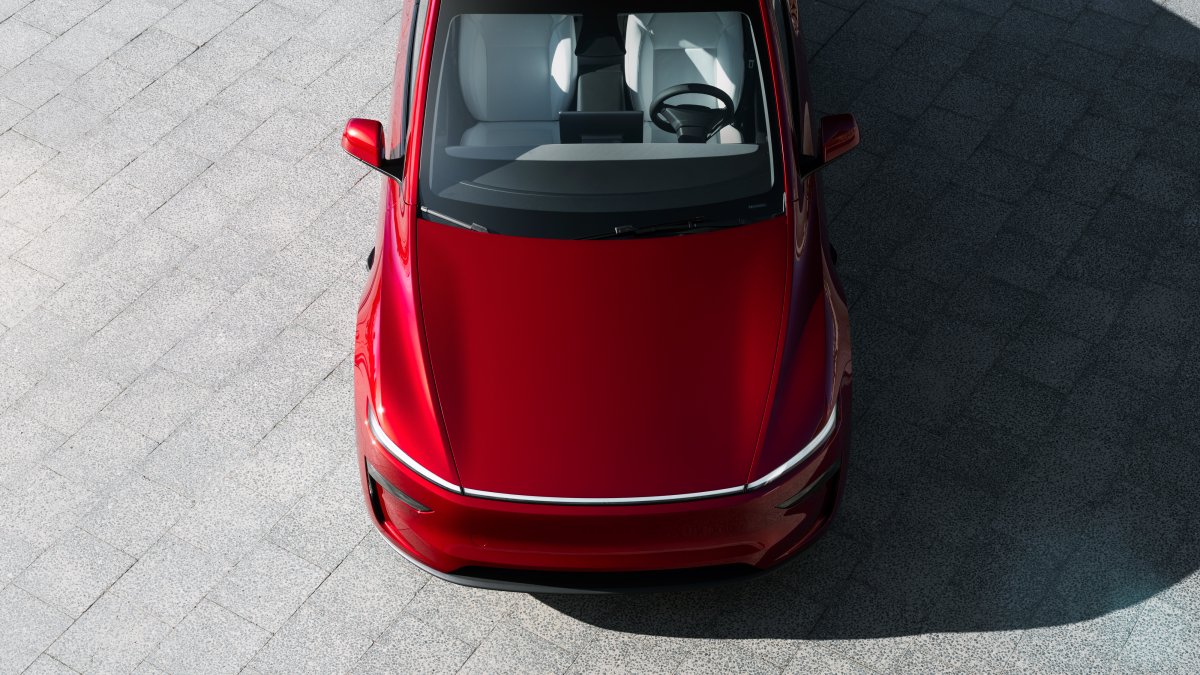
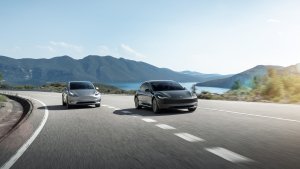

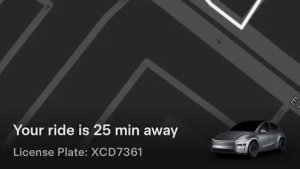
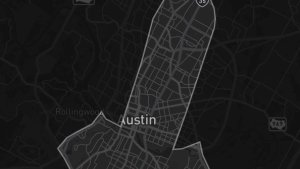
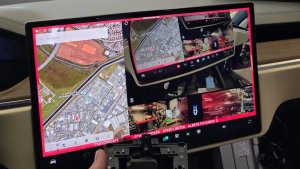
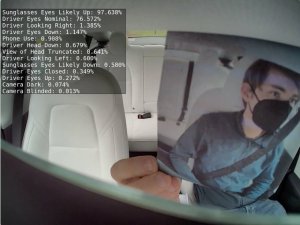
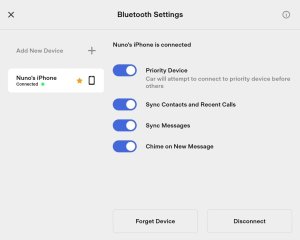



![Tesla Software Update 2025.26: Grok, Light Sync, Audio Presets and More [VIDEO]](https://www.notateslaapp.com/img/containers/article_images/tesla-update/light-sync-update.jpeg/e84ab2f1fe12f493a75927db105a9586/light-sync-update.jpg)
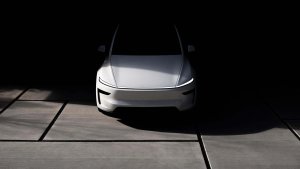
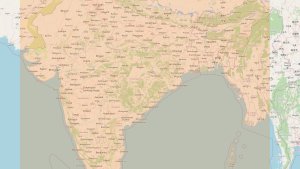
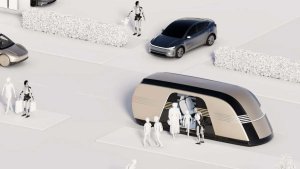
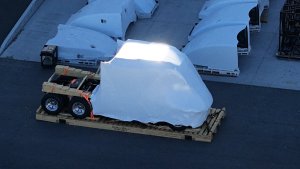
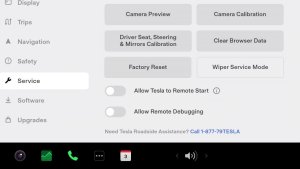
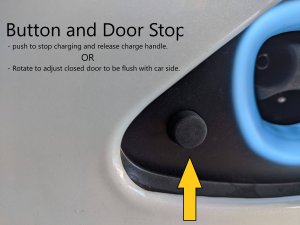
![Elon talks about Twitter and job cuts at Bloomberg forum [video]](https://www.notateslaapp.com/images/news/2022/elon-musk-qatar-forum_300w.jpg)
